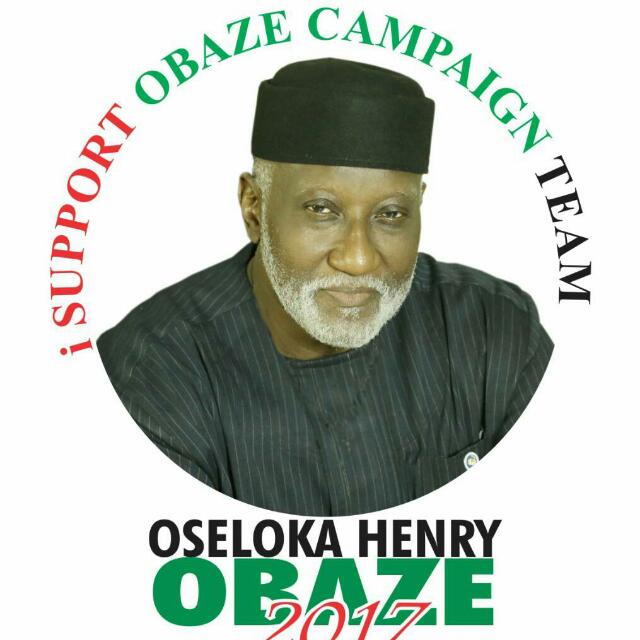The use of MDG and our home grown ANIDS Scheme has been discarded by this APGA Willie Obiano lead administration.
We must return to that TRAJECTORY with ANIDS-MDGs→SDG Programme. The MDGs were concrete, specific and measurable, and therefore helped establish some priority areas of focus in international development which I OHO will explore all the CONTACTS among international organizations to ensure the GOALS of the SDG are achieved. Despite the criticism, significant progress has been made over the past 15 years, especially when it comes to the goals of improving access to education in Anambra State during Mr Peter Obi’s Administration which was the most ”ENVIABLE” Administration in Nigeria in the Implementation of the MDG’s.
That progress, however, has been very uneven, with improvements often concentrated in specific regions and among certain social groups.
A 2015 UN assessment of the MDGs found they fell short for many people: “The assessment of progress towards the MDGs has repeatedly shown that the poorest and those disadvantaged because of gender, age, disability or ethnicity are often bypassed.”
In developing the SDGs – a multi-year process involving civil society, governments, the private sector and academia – the United Nations sought to take all these failings into account. So how, then, were these new goals reached and what do they look like? 17 goals for ‘people and planet’ In response to the SDGs which was set out to tackle a whole range of issues, from gender inequality to climate change. The unifying thread throughout the 17 goals and their 169 targets is the commitment to ending poverty: “Eradicating poverty in all its forms and dimensions, including extreme poverty, is the greatest global challenge and an indispensable requirement for sustainable development,” notes the agenda’s preamble.
The Sustainable Development Goals being more all-encompassing than
the MDGs, the consultation process was also much more inclusive – Ban Ki-moon called it
the “most transparent and inclusive process in UN history”. An unprecedented effort was
made to get the input of as many people as possible, particularly those who wouldn’t normally be consulted for this type of international agreement. In total, 5 million people from across 88 countries in all the world’s regions took part in the consultation, and shared their vision for the world in 2030.
This is very different from the development and implementation of the MDGs.
From The i SUPPORT OBAZE CAMPAIGN TEAM
